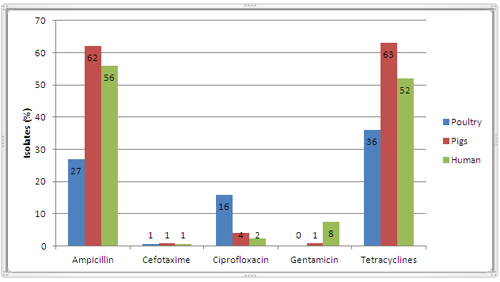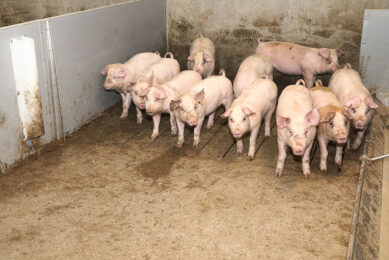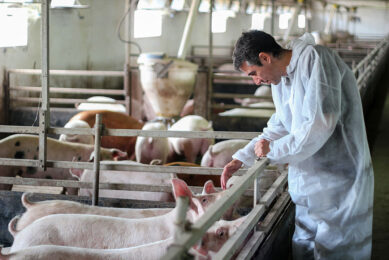November – is it going to be antimicrobial resistance month?

With Europe on the brink of financial and political chaos, I would like to try to turn your attention to more mundane matters such as antimicrobial resistance and its future control in the EU. In the Netherlands, there will be an important international meeting reviewing the subject on the 14-16th of November and on November the 18th it is Antimicrobial Resistance Day. We are also awaiting the results and conclusions of DG Sanco’s review of antimicrobial use in Europe and how we can best control antimicrobial resistance spreading from animals to man.
Small hints are leaking out, regarding which direction they are likely to go. The Commission has requested the European Medicine’s Agency’s (EMA’s), Committee for Medicinal Products for Veterinary Use (CVMP) to look into the 3rd and 4th generation cephalosporin’s use in food-producing animals and to address the important risk associated with the potential misuse in poultry (see weblog 12th August 2011). The use in poultry will be strictly contraindicated and the use in other species, including the pig, should not be for preventive use and group medication should be avoided. Unnecessary use should be avoided also and they should only be used where other antimicrobials would not be effective i.e. do not use them as frontline treatment.
This is a start and it is up to vets and farmers to take these messages on board and adjust their pig therapy accordingly.
An additional comment from an EFSA/BIOHAZ (2011) report on extended spectrum beta-lactamases (ESBLs), which are primarily selected for by the use of 3rd and 4th generation cephalosporins, also caught my eye. It stated that as ‘co-resistance’ is an important issue, it is also of high priority to decrease the total antimicrobial use in animal production in the EU. It was explained to me that if you use these other antibiotics that they would also co-select for ESBL resistance but I am not convinced by this argument and it is certainly not supported by data from another EFSA/ECDC (2011) report.
They showed that in Salmonella enterica Typhimurium isolates, the salmonella species which is more frequently associated with food-poisoning infections between pig and man, there is a high level of resistance to many antibiotics including ampicillin and tetracycline but almost no resistance to the 3rd generation cephalosporin, cefotaxime (see Figure 1), which is used as a representative ESBL resistance indicator. This confirms that currently they are not ESBL co-selectors, while ESBL resistance is at a low level. The situation may change if ESBL resistance becomes more widespread or clonal, as in poultry and the bacteria have multi-resistance genes. At the moment, the current gut flora is acting as a diluent to the ESBL resistant bacteria but if the situation deteriorates it may lead to them being ‘contraindicated’ in food producing animals too.
Figure 1. S. Typhimurium resistance to various antimicrobials (EFSA/ECDC, 2011)
I don’t disagree that antibiotics should be used responsibly and justifiably, as we can see there are high levels of resistance to the older antibiotics used in pig medicine but I feel that the issues are being clouded, even misrepresented, to associate them with ESBL selection and the use of 3rd and 4th generation cephalosporins.
What are your thoughts on these issues; are we going the right way?
Join 18,000+ subscribers
Subscribe to our newsletter to stay updated about all the need-to-know content in the pigsector, three times a week. Beheer
Beheer










 WP Admin
WP Admin  Bewerk bericht
Bewerk bericht